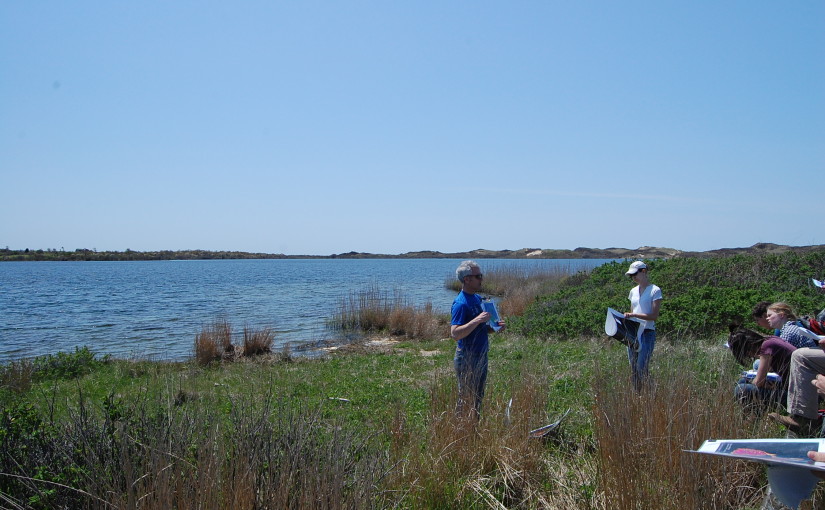This was my final paper for GEOL1330: Global Environmental Remote Sensing, where I used ASTER thermal infrared data to quantify the urban heat island of Providence, RI.
Providence’s Urban Heat Island: An Analysis with ASTER and Thermal Truthing
Abstract
Understanding the urban heat island is critical for public health officials, urban planners and policymakers as they shape the future of cities. In this study, thermal infrared ASTER data is used to characterize the nature of the urban heat island in Providence, Rhode Island and how it relates to vegetation coverage. Temperatures in the downtown area on a 22°C August night are found to be approximately 2°C warmer than nearby suburban areas, and 3°C warmer than the closest rural areas. Temperatures are found to be inversely correlated with vegetation coverage as calculated using NDVI. Historical air temperatures are used to ground-truth the thermal data. These values are within the 1.5°C range of precision for the advanced AST_08 product, which takes surface emissivity into account, in eight of ten scenes. The AST_04 product, which does not take surface emissivity into account, severely underestimated air temperature in all cases.
Continue reading GEOL133 Final Paper: Providence’s Urban Heat Island


















































 I recently bought a new 1.5TB Caviar Green Western Digital hard drive to serve as a backup for my music, movies and photos. This replaced two aging 7200RPM drives that had started showing chkdsk errors. I decided to go with the “Green” edition since I didn’t need stellar performance at the cost of more heat, noise, and energy usage. When
I recently bought a new 1.5TB Caviar Green Western Digital hard drive to serve as a backup for my music, movies and photos. This replaced two aging 7200RPM drives that had started showing chkdsk errors. I decided to go with the “Green” edition since I didn’t need stellar performance at the cost of more heat, noise, and energy usage. When